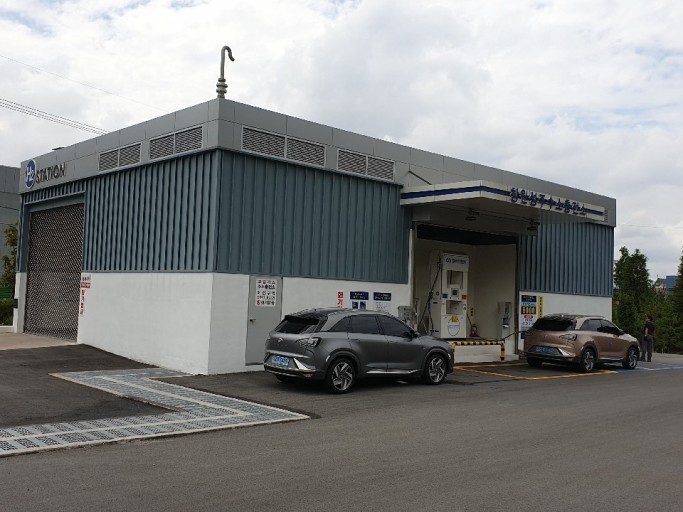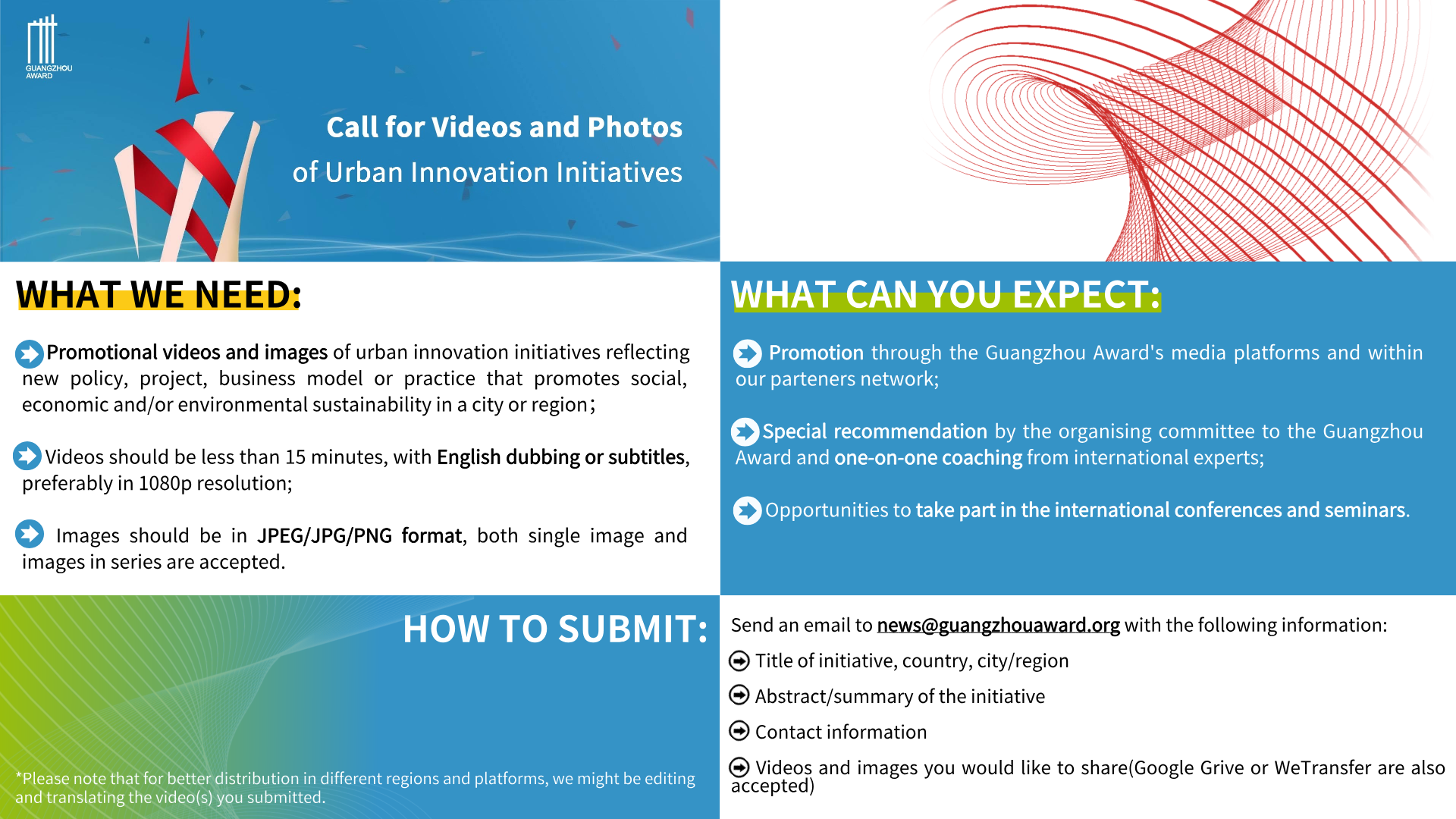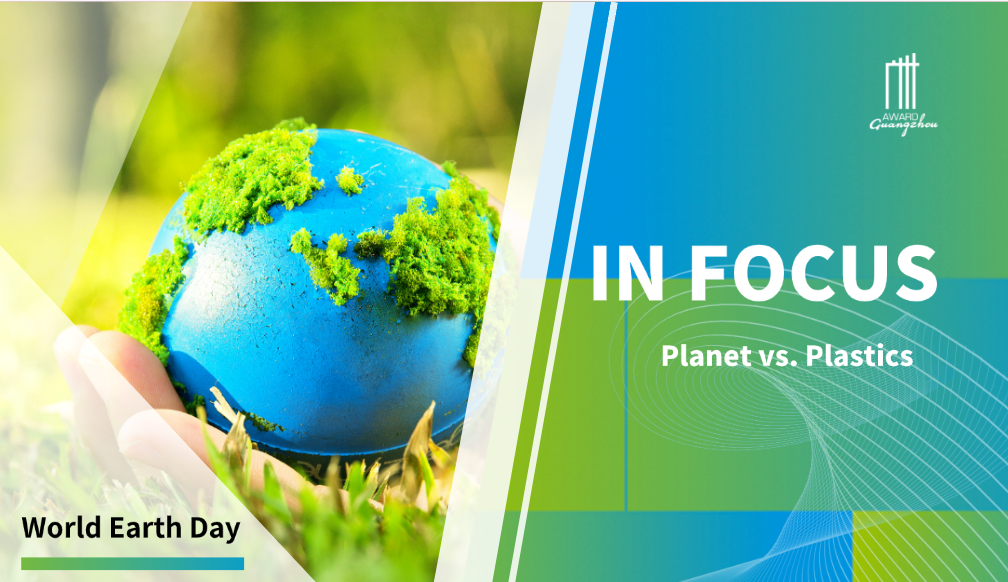CHANGWON, REPUBLIC OF KOREA
Green
Hydrogen City of Changwon, the New Hydrogen-Centered City of Changwon

Changwon, the city of 1.1 million people, is South Korea’s first planned industrial city. Several decades of development have placed the city as the country’s machinery industry hub, home to a national industrial complex. However, this fossil-fuel-based achievement is reminiscent of the all-too-familiar “development at the cost of environment” pattern. Its geographical location on a basin has not helped alleviate – if not aggravated – air pollution in the city. Due to the stagnation in its major industries due to the global economic recession, the city has decided to pursue a green and clean transition, using hydrogen as its main energy source, in the hope of bettering living standards as well as securing new growth.
The city developed a big-picture vision entitled “The New Hydrogen-Centered City of Changwon 2040”. This vision aims at establishing Changwon as a leading city in a hydrogen economy with a detailed roadmap for getting there. The city plans to supply ten hydrogen stations, 4,900 fuel cell electric vehicles (FCEVs), and 100 hydrogen-fuelled buses by 2022. To this end, the government is engaged in information campaigns about the safety of hydrogen facilities and their environmental benefits. In addition, the city subsidises residents that purchase FCEVs and companies that run hydrogen-fuelled buses. Civic organisations collect opinions from the local communities, and private companies join in the effort by donating facilities for hydrogen production.
The city also realises the importance of an ecosystem in developing its hydrogen industry. It has engaged Changwon National University into setting up the country’s first graduate school specialising in hydrogen energy and is working on hosting a hydrogen research institute for the research and development of the use of hydrogen energy in the mobility sector. It has also announced plans to incubate hydrogen companies.
So far, the city has supplied four hydrogen stations, 658 FCEVs, and five hydrogen-fuelled buses. The initiative has already produced some tangible results. From 2016 to 2020, the annual average ultra-fine particle density fell from 26μg/m3 to 16μg/m3, the equivalent of planting 260,000 trees.
This initiative contributes to the realisation of SDGs 7 (affordable and clean energy), 11 (sustainable cities and communities), 12 (responsible consumption and production), and 13 (climate action).


 test
test Urban Innovation in China | Hainan: Transforming Mangroves into “Golden Groves”
Urban Innovation in China | Hainan: Transforming Mangroves into “Golden Groves” In Focus | Empowering the “She” in the Family
In Focus | Empowering the “She” in the Family In Focus | The World Earth Day: Planet vs. Plastics
In Focus | The World Earth Day: Planet vs. Plastics




















 Tel: +86 20 3780 4434
Tel: +86 20 3780 4434 Email: info@guangzhouaward.org
Email: info@guangzhouaward.org Address: Rm 1609, FuLiXinTianDi, No.307 Guangzhou Dadao Zhong, Yuexiu District, Guangzhou, Guangdong, 501600, PRC
Address: Rm 1609, FuLiXinTianDi, No.307 Guangzhou Dadao Zhong, Yuexiu District, Guangzhou, Guangdong, 501600, PRC




